Gazette
Stories and news from across campus.
Ending the Drought: Ottawa’s Medical Research Community Welcomes Long-Awaited Wet Lab Facilities
The University of Ottawa’s new Advanced Medical Research Centre will accelerate discovery and new treatments
If you build it, they will stay: Ending Ottawa’s biotech brain drain

Bridging innovation: uOttawa and Kinaxis forge a pathway between research and industry

Sociological Perspectives on Cultural and Religious Norms Influencing Child Marriage in South Sudan

Transforming research through cognitive accessibility and neuroinclusive research
For millions of neurodivergent individuals—those who identif…

Indigenous self-determination: New uOttawa research chair

Echoes from the deep: Decoding the Pacific’s seismic signals
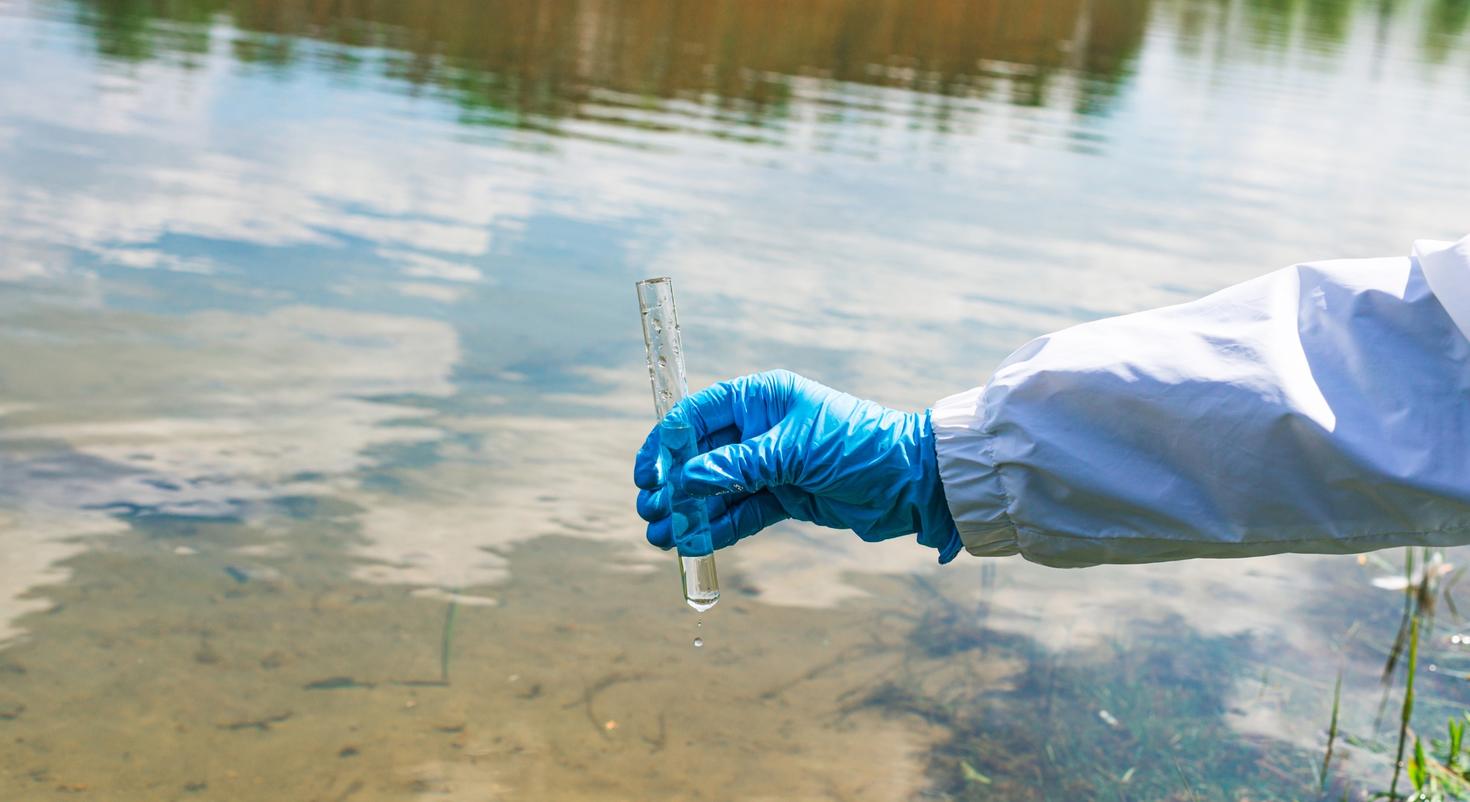
The future of public health in Canada: How wastewater research continues to make a difference
Virtual orientation sessions for international students
We're hosting a variety of virtual orientation sessions for new international students. Get to know your Regional Mentor, have all your questions abou…
Fostering Sustainable Learning in Science and Environmental Education: Leveraging Low-Cost Educational Materials to Achieve SDG 4
The Faculty of Education is organizing an international symposium featuring guest speakers on July 15, 2025, and welcomes you to attend and engage in …

Professional Development Institute Events
The Professional Development Institute is proud to offer networking and educational events featuring national and international experts on current topics such as government, security and policy, leadership and more.
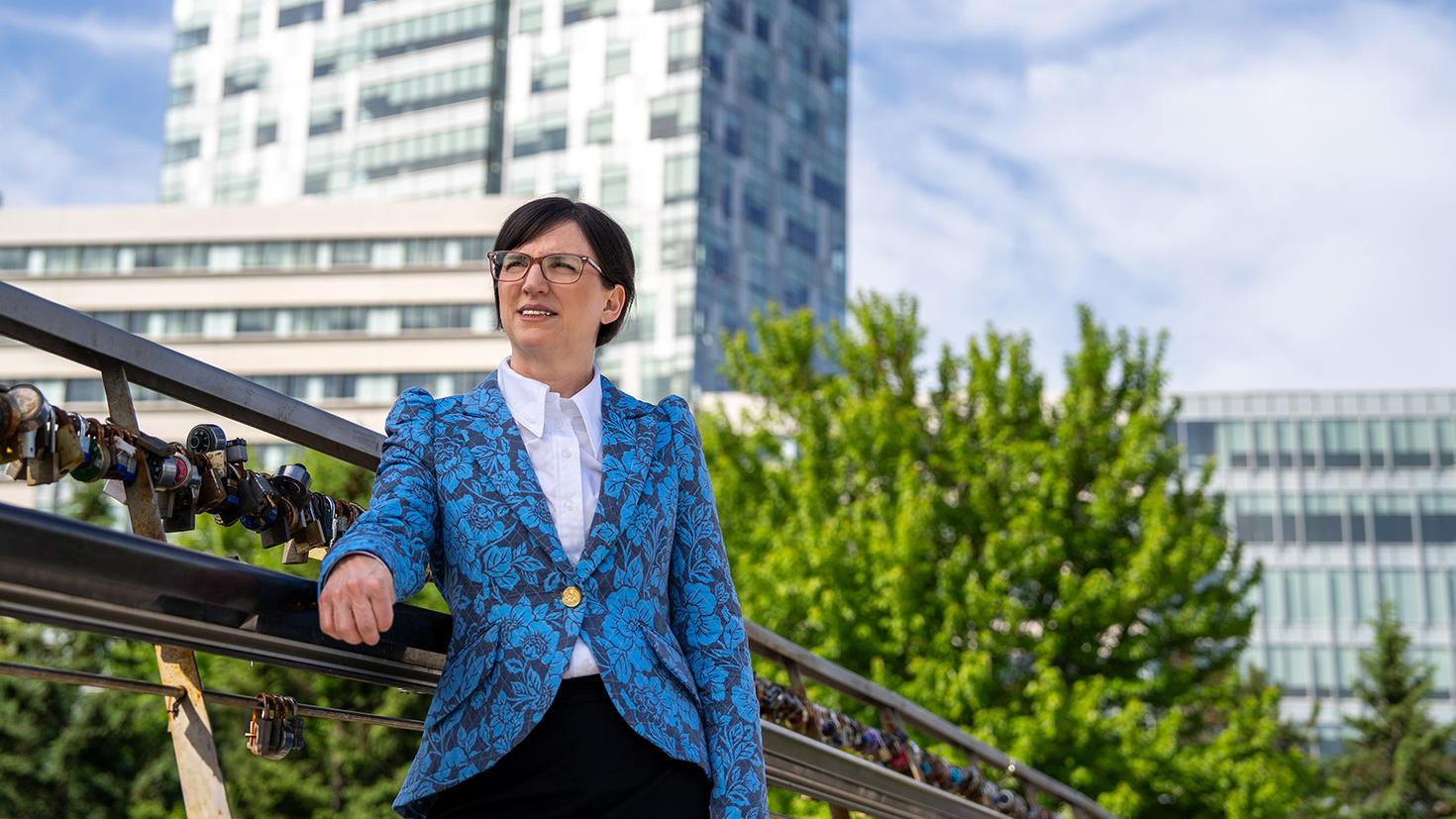
Incoming president Marie-Eve Sylvestre sees a world of possibilities
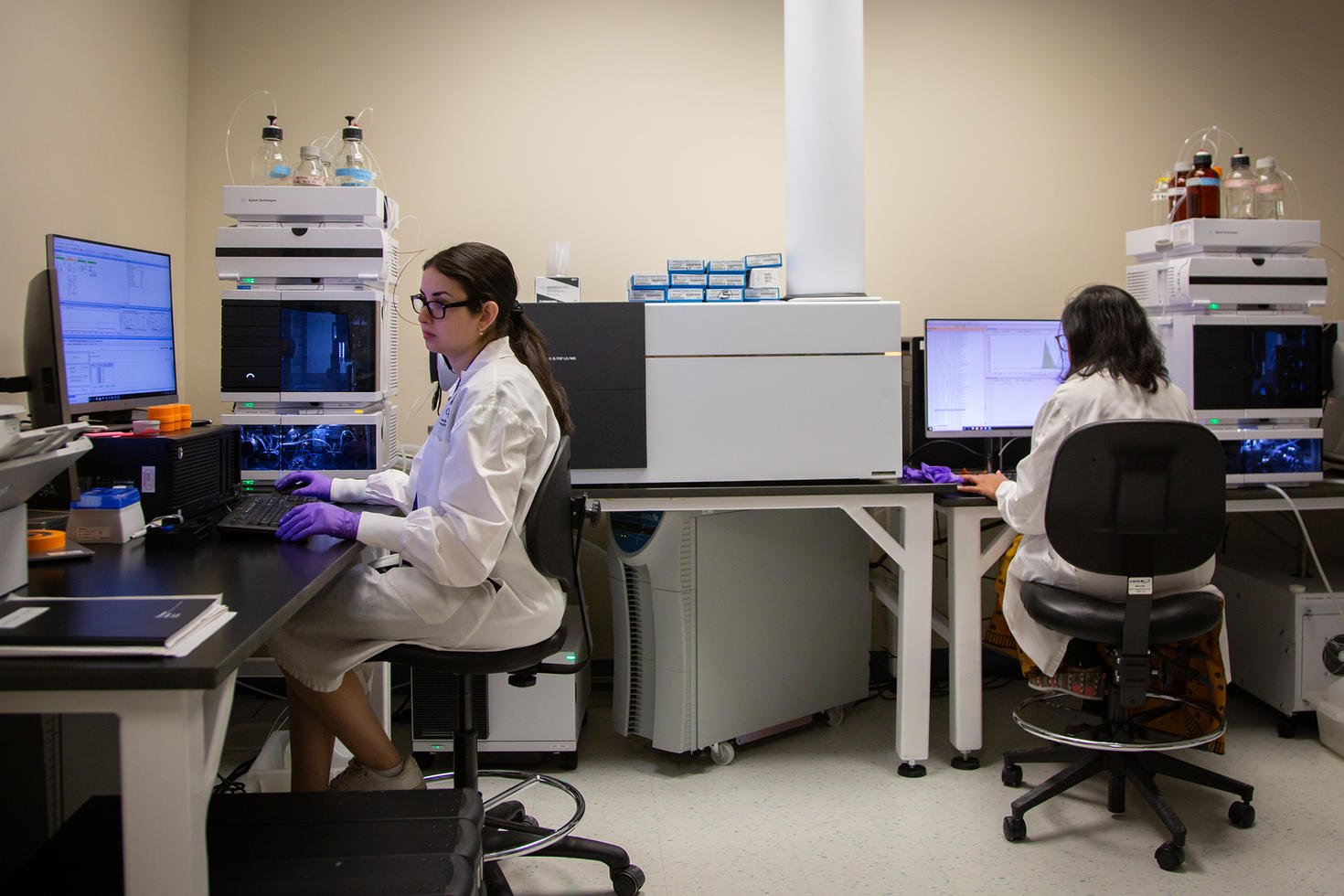
The University of Ottawa and Canadian Nuclear Laboratories accelerate low dose radiation research and foster next generation of scientists

A $2-million donation from Power Corporation of Canada will support student mobility and research to combat homelessness

uOttawa media newsroom
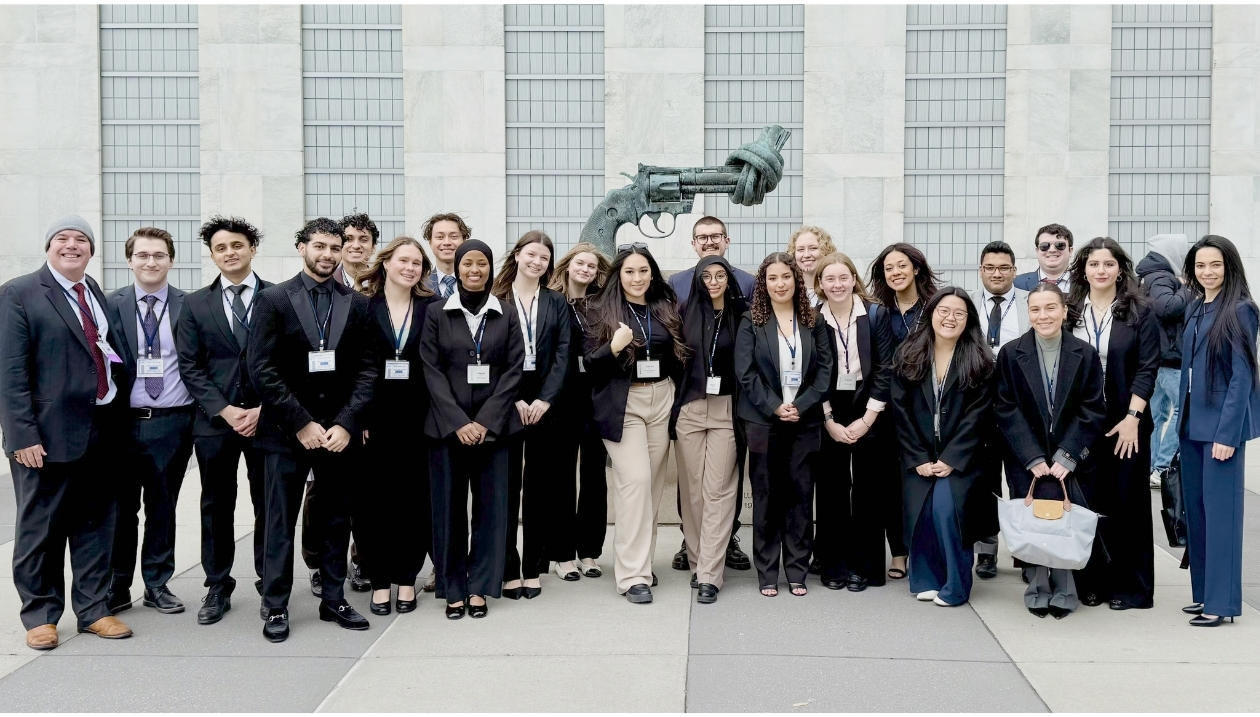
University of Ottawa Students Earn Distinction at the National Model United Nations in New York

Help test uOttawa’s new wellness service AI assistant
That’s why the Student Health, Wellness and …
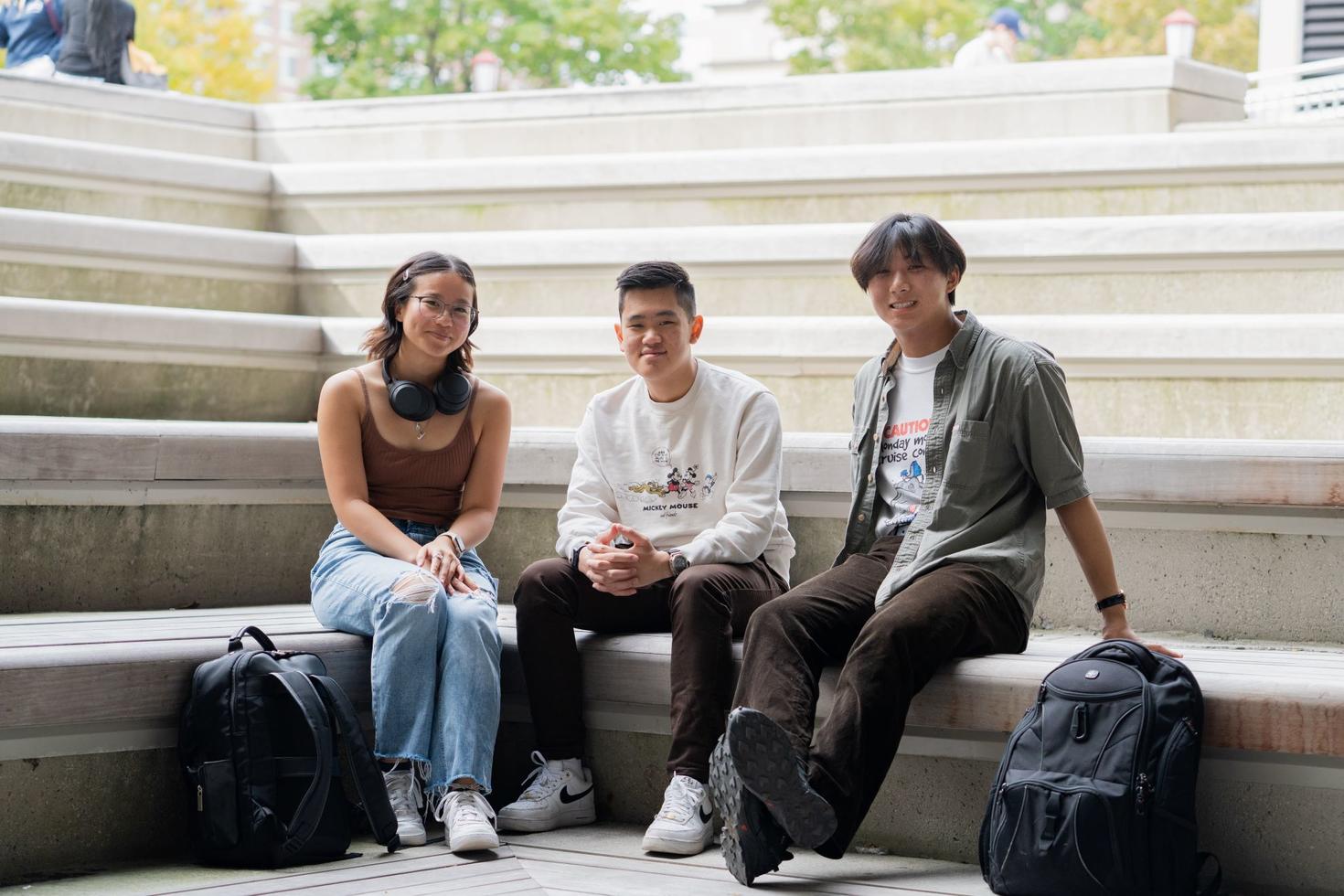
20 courses you didn’t know you could take at uOttawa: 2025-2026
The University of Ottawa offers a broad range of prerequisite-free electi…


A look back on CCERBAL 2025 and Carrefour francophone
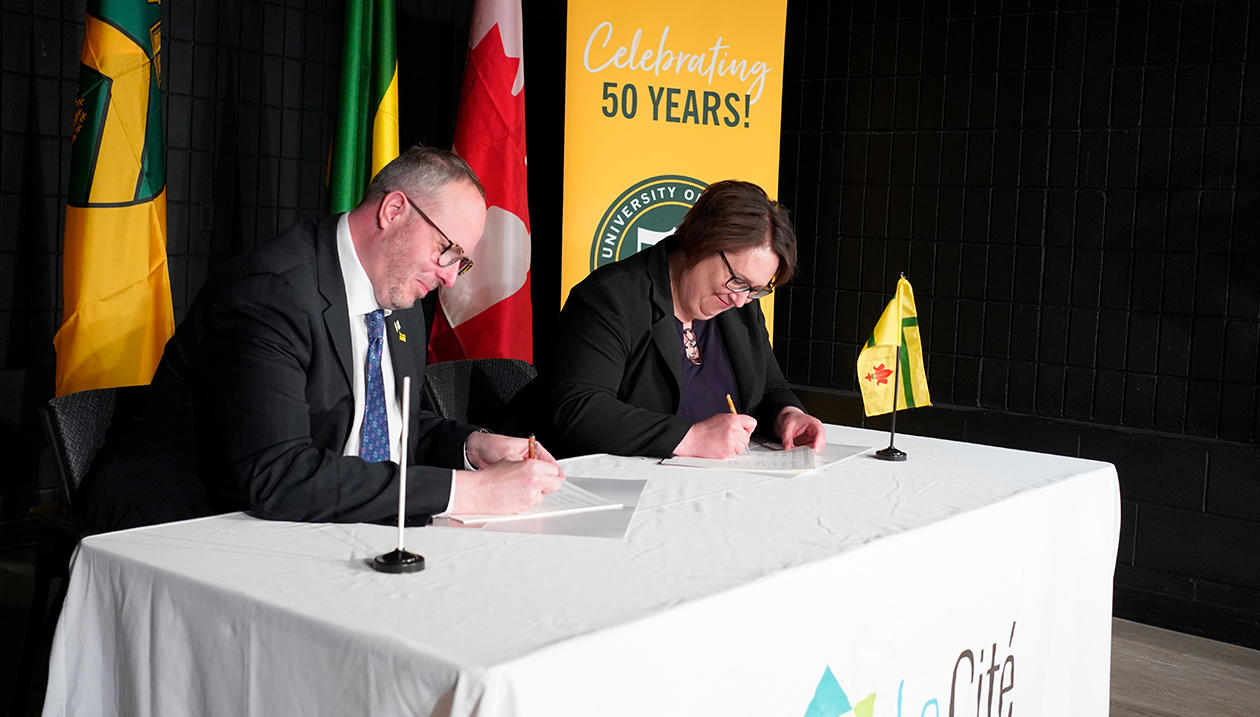
Building the future of French-language education: A promising agreement between the universities of Regina and Ottawa

Three OLBI professors get Learning Futures Fund support

uOttawa Makes Strides in Planetary Health: 2024–2025 Report Card

First Master of Anatomical Sciences Education Poster Day certified success
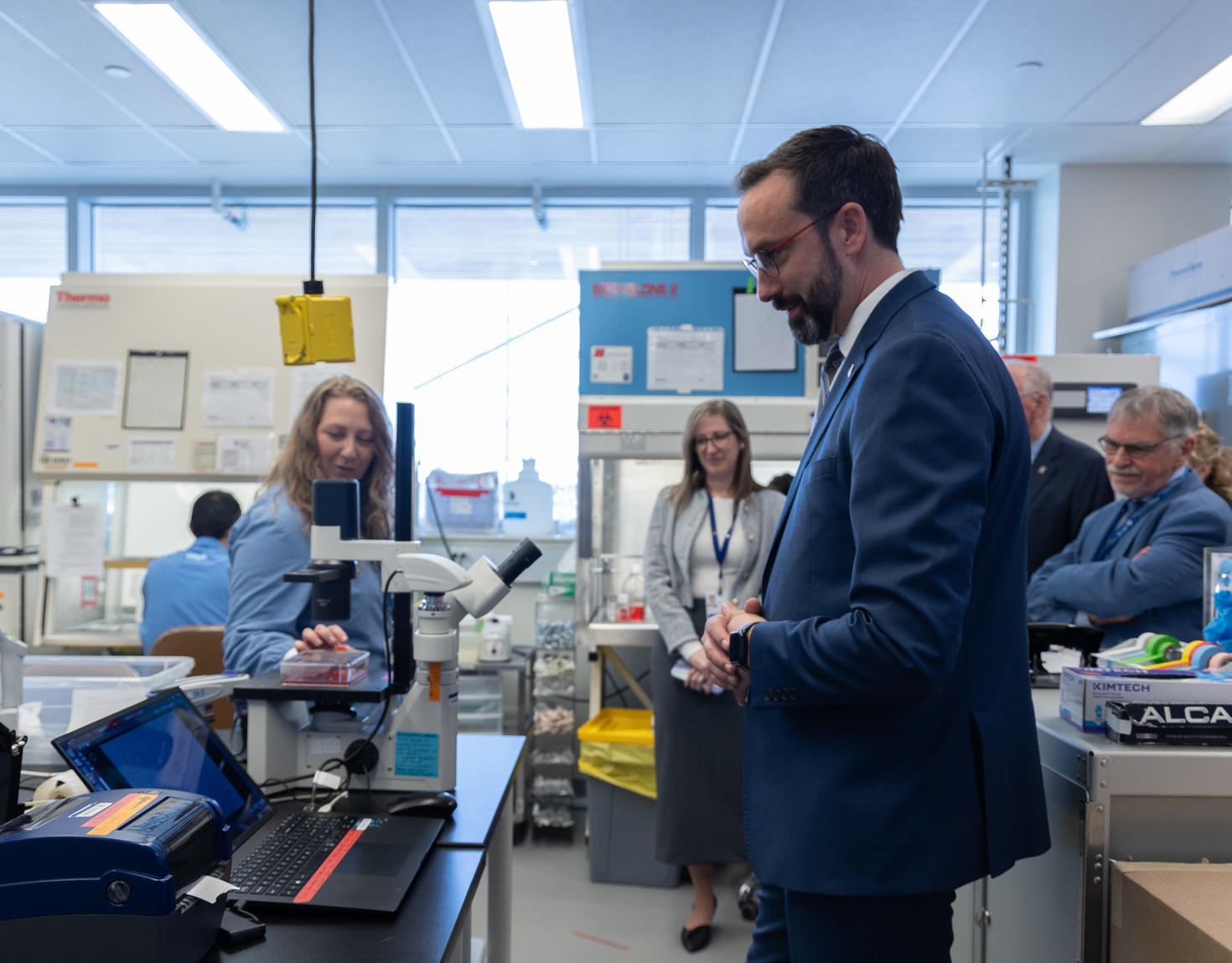
Ontario’s biomanufacturing sector gets $45M boost from province

Lessons from Montreal’s dismantled Champlain Bridge: Extending the life of Canadian infrastructure

Flying greener, cycling smarter: Student startups from uOttawa Engineering tackle sustainable transportation

Centre for Entrepreneurship and Engineering Design: Fostering the next generation of innovators

Entrepreneurial women: Olga Koppel’s quest for cleaner cities

CEO Magazine ranks Telfer the #1 global executive MBA and a tier one MBA for a …

Combining artificial intelligence and health analytics to transform health syst…

Theatrical innovation with sensory immersion as a creative force

Art meets innovation: Mina Moshajjari’s winning vision for OVPRI’s holiday greeting card

An all-women production of "The Wolves" takes centre stage at the University of Ottawa

Supporting vulnerable students and improving school attendance

Sociological Perspectives on Cultural and Religious Norms Influencing Child Marriage in South Sudan

Faculty Professor Leads Groundbreaking Collective Work on Lesbian Love: Memory, Resistance, and Boldness
Faculty news
Contact us
Gazette news
Tabaret Hall
550 Cumberland Street, room M284
Ottawa ON K1N 6N5
Canada
Tel: 613-562-5800 extension 5708
Fax: 613-562-5117
[email protected]
Submit your story
Have ideas for story? Want to get your initiative out there? Reach out to our team to submit your story at [email protected].

